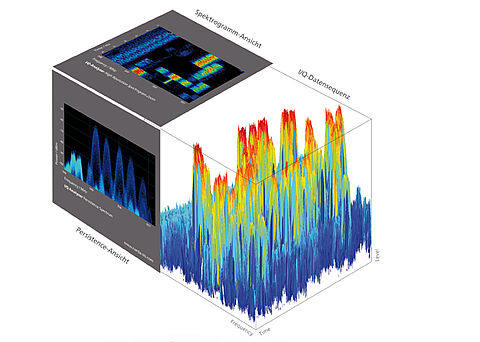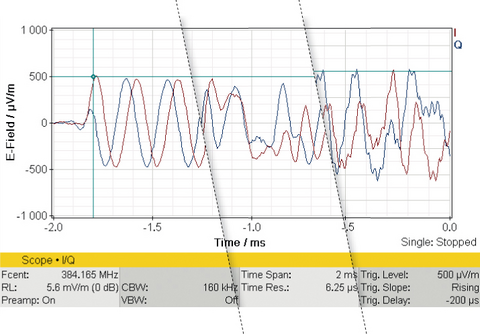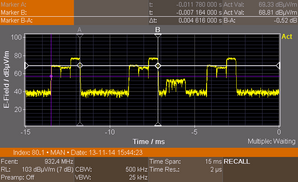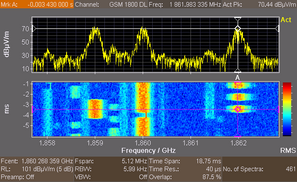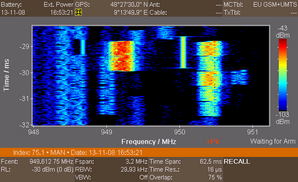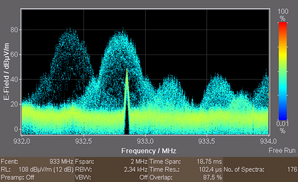Narda is a leading provider of measuring equipment for the EMF Safety, RF Test & Measurement and EMC sectors. The Safety product spectrum includes wideband and frequency selective measuring instruments, full coverage wide area monitors, and personal safety monitors that are worn on the person.
The RF Test & Measurement range includes analyzers and devices for measuring and identifying RF sources. Servicing and calibration, together with training programs complete the range of services provided.
The PMM brand of EMC instruments consists of devices for measuring the electromagnetic compatibility of equipment.
Our products are tailored to specific market requirements and are ideal for the stated purpose. We are able to keep this standard by consistently involving our customers in the maintenance of our existing range and in the development of new products. The following overview lists Narda measuring equipment and applications arranged according to frequency ranges.


